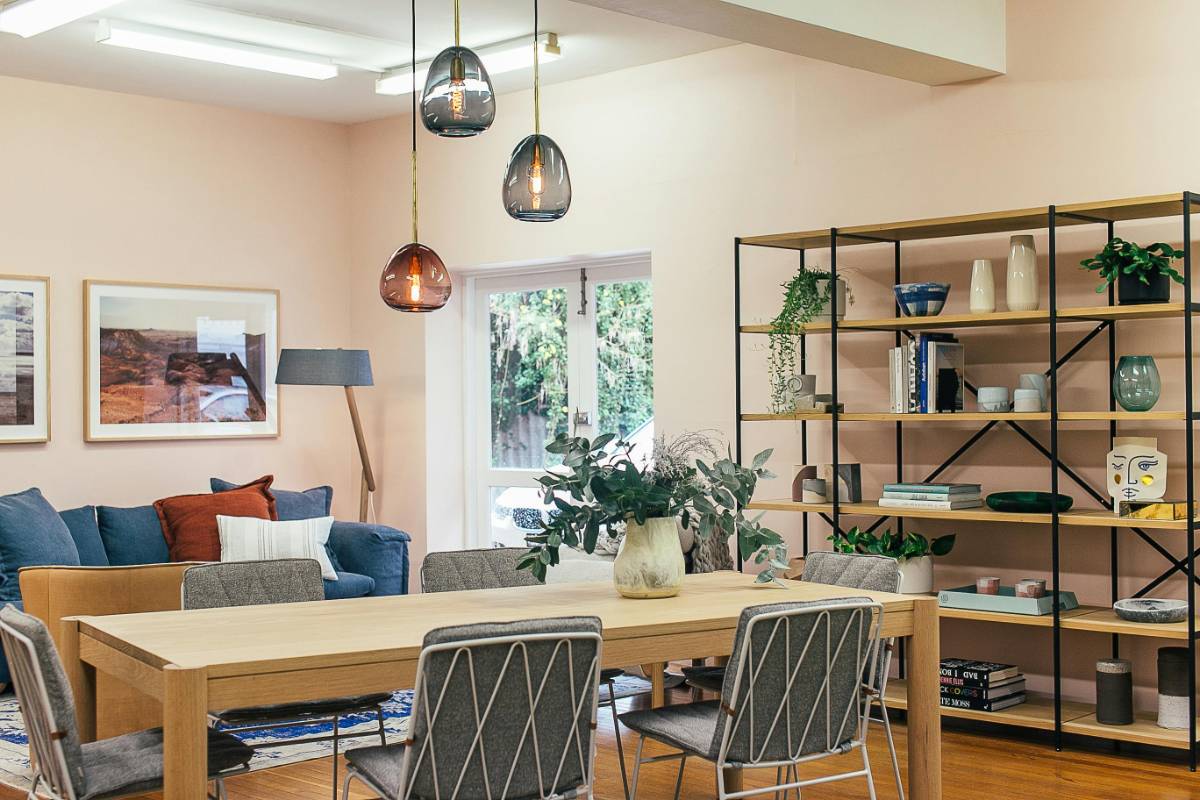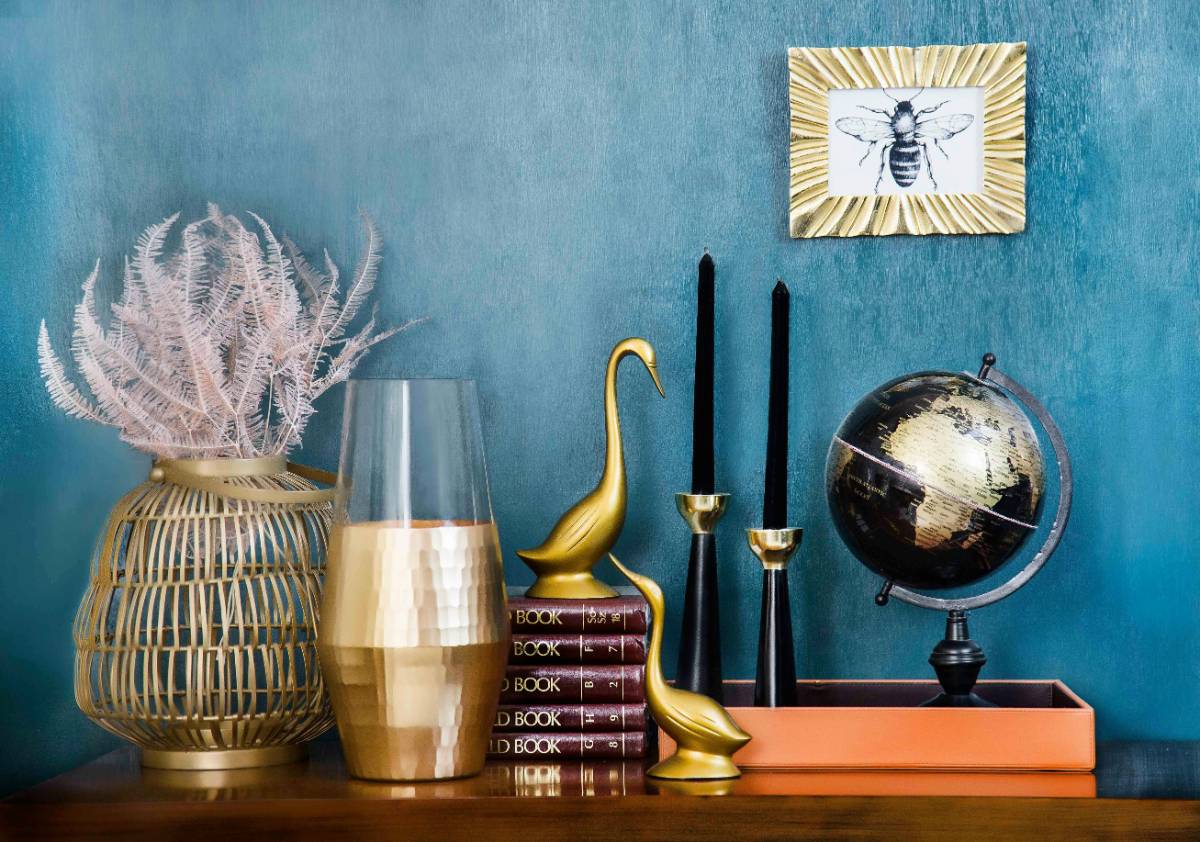Sustainable Design and the Future of Urban Mobility

3 min read
|03 May 2025Sustainable design is reshaping the future of urban mobility, aiming to create efficient, eco-friendly, and accessible transportation solutions for cities around the world. As urban populations grow and environmental concerns intensify, the need for innovative and sustainable approaches to transportation becomes increasingly crucial. This article explores how sustainable design is influencing the future of urban mobility and the benefits it brings to modern cities.
Redefining Urban Mobility
Urban mobility encompasses all forms of transportation within a city, including public transit, personal vehicles, biking, and walking. Sustainable design seeks to redefine urban mobility by promoting transportation systems that are environmentally friendly, energy-efficient, and inclusive. This involves integrating various transportation modes into a cohesive network that minimizes carbon emissions, reduces traffic congestion, and enhances overall quality of life for residents.
Electric and Autonomous Vehicles
Electric and autonomous vehicles are at the forefront of sustainable urban mobility. Electric vehicles (EVs) produce zero tailpipe emissions and are a key component in reducing urban air pollution. Many cities are investing in EV infrastructure, such as charging stations and incentives for EV ownership. Autonomous vehicles, equipped with advanced sensors and AI technology, have the potential to improve traffic flow, reduce accidents, and enhance accessibility. The integration of autonomous and electric vehicles into public transportation systems can further support sustainable urban mobility goals.
Public Transit Innovations
Sustainable design is also transforming public transit systems, making them more efficient, reliable, and eco-friendly. Innovations such as electric buses, trams, and trains are replacing traditional diesel-powered options, reducing emissions and improving energy efficiency. Additionally, smart technologies are being incorporated into transit systems to optimize routes, improve scheduling, and enhance passenger experience. Real-time tracking, mobile ticketing, and integrated payment systems contribute to a more user-friendly and sustainable public transportation experience.
Promoting Active Transportation
Active transportation, including biking and walking, plays a crucial role in sustainable urban mobility. Designing cities to be more pedestrian and cyclist-friendly encourages people to choose these healthier and lower-impact modes of transportation. Implementing dedicated bike lanes, pedestrian pathways, and green spaces not only promotes physical activity but also reduces the reliance on motorized vehicles. Sustainable urban design emphasizes the importance of creating safe and accessible environments for active transportation to support overall mobility and well-being.
Multi-Modal Transportation Networks
A key aspect of sustainable urban mobility is the development of multi-modal transportation networks that seamlessly integrate various modes of transport. This includes creating efficient connections between public transit, cycling infrastructure, and walking routes. Transit hubs and mobility-as-a-service (MaaS) platforms enable users to plan and pay for their journeys using multiple transportation options in a single, cohesive system. By providing convenient and accessible choices, multi-modal networks help reduce the need for private car ownership and promote more sustainable travel behaviors.
Smart City Technologies
Smart city technologies are enhancing urban mobility through the use of data and connectivity. Intelligent transportation systems (ITS) utilize sensors, data analytics, and communication networks to manage traffic flow, optimize routes, and improve safety. Smart traffic signals, adaptive traffic management, and vehicle-to-everything (V2X) communication contribute to more efficient and sustainable transportation systems. By leveraging technology, cities can better address congestion, reduce emissions, and enhance the overall mobility experience for residents.
Green Infrastructure and Urban Design
Sustainable design in urban mobility also involves integrating green infrastructure and environmentally-friendly urban design principles. Green roofs, permeable pavements, and urban parks contribute to improved air quality, reduced heat island effects, and enhanced stormwater management. Designing cities with a focus on sustainability and environmental impact helps create healthier and more resilient urban environments. By incorporating green infrastructure into transportation planning, cities can achieve a more holistic approach to sustainable urban mobility.
Challenges and Opportunities
While the future of sustainable urban mobility holds great promise, there are challenges to overcome. Ensuring equitable access to sustainable transportation options, addressing infrastructure needs, and securing funding for innovative projects are critical considerations. Collaboration between government agencies, private companies, and community stakeholders is essential for addressing these challenges and realizing the potential of sustainable urban mobility. Investing in research, technology, and infrastructure will pave the way for a more sustainable and connected future for urban transportation.
Conclusion
Sustainable design is transforming the future of urban mobility by promoting environmentally-friendly, efficient, and inclusive transportation solutions. Through innovations in electric and autonomous vehicles, public transit, active transportation, and smart city technologies, cities are moving towards a more sustainable and connected transportation network. By addressing challenges and embracing opportunities, urban areas can achieve a more resilient and equitable mobility system that supports both environmental and social goals. The future of urban mobility lies in the continued integration of sustainable design principles, paving the way for healthier, smarter, and more sustainable cities.
RECENT POSTS
1
Accessorizing Your Living Room: Tips and Ideas
2 min read | 21 May 20252
Innovative Furniture Designs for Modern Living Spaces
4 min read | 20 May 20253
The Ultimate Guide to Selecting Statement Furniture Pieces
3 min read | 19 May 20254
Affordable Furniture Finds: Budget-Friendly Decor Solutions
3 min read | 18 May 20255
Sustainable Furniture: Eco-Friendly Choices for Your Home
4 min read | 17 May 20256
How to Mix and Match Furniture Styles Like a Pro
5 min read | 16 May 2025MORE POSTS

How to Incorporate Eco-Friendly Furniture and Accessories
2 min read | 08 May 2025
The Best Furniture for Creating a Cozy Reading Area
3 min read | 07 May 2025
Accessorizing Your Space with Textiles and Fabrics
4 min read | 06 May 2025
How to Choose and Style the Perfect Coffee Table
2 min read | 05 May 2025
Essential Furniture and Accessories for a Home Gym
3 min read | 04 May 2025
How to Update Your Home with Scandinavian Furniture and Accessories
4 min read | 03 May 2025MORE ARTICLES

5 min read | 04 Jun 2025
DIY Budget Decor Projects for Every Room in Your Home
Decorating your home on a budget doesn’t mean you have to sacrifice style or creativity. With a little time and effort, you can tackle DIY projects that transform every room in your house without spending a fortune. This guide explores easy, budget-friendly DIY decor ideas to refresh your space.

3 min read | 03 Jun 2025
Affordable Ways to Transform Your Home on a Budget
Giving your home a fresh look doesn’t have to cost a fortune. With a bit of creativity and strategic planning, you can update your living space without breaking the bank. Whether you want to make minor changes or completely transform your home, this article explores affordable ways to make it happen.

2 min read | 02 Jun 2025
Maximizing Your Budget: Tips for Affordable Home Accessories
Home accessories are a great way to personalize your space and add style without making major changes. Maximizing your budget for affordable home accessories involves being strategic and creative. Here are some tips to help you enhance your home decor without breaking the bank.

4 min read | 01 Jun 2025
Transforming Spaces with Budget-Friendly Lighting Solutions
Lighting plays a crucial role in shaping the ambiance and functionality of any space. Transforming your space with budget-friendly lighting solutions can enhance its look and feel without requiring a significant investment. Here are some affordable lighting ideas to brighten up your home and create a more inviting atmosphere.

3 min read | 31 May 2025
Creative Ways to Use Wall Art for Budget Decor
Wall art is a versatile and cost-effective way to enhance your home decor. By creatively using wall art, you can transform your space and add personality without breaking the bank. Here are some innovative and budget-friendly ways to use wall art for decorating.

5 min read | 30 May 2025
Color and Texture: Budget-Friendly Ways to Enhance Your Space
Enhancing your space with color and texture can make a significant impact without requiring a large budget. By strategically incorporating these elements, you can transform your home’s look and feel affordably. Here are some budget-friendly ways to bring color and texture into your space.
